Dogs may not speak our language, but they’re always communicating. If you’ve ever wondered what your dog’s wagging tail, raised ears, or playful bow really mean, you’re not alone. Understanding dog body language can transform your bond with your furry companion, prevent misunderstandings, and even help avoid aggressive encounters at the park.
In this post, we'll help you interpret your dog’s subtle (and not-so-subtle) body cues, so you can truly understand what they’re trying to tell you.

Understanding the Basics of Dog Body Language
Dogs use their whole bodies to communicate — from the tip of their noses to the end of their wagging tails. Here are the key areas to observe:
1. Tail Position and Movement
-
Wagging high and fast: Excitement or arousal (not always happiness!)
-
Wagging low and slow: Friendly and calm.
-
Tucked tail: Fear, submission, or anxiety.
-
Still or stiff tail: Alertness, uncertainty, or possible aggression.
2. Ears
-
Erect and facing forward: Alert and attentive.
-
Flat against head: Fear, submission, or feeling threatened.
-
Relaxed and neutral: Comfortable and calm.
3. Eyes
-
Soft, blinking eyes: Relaxed and happy.
-
Wide eyes with whites showing (“whale eye”): Fear or anxiety.
-
Staring: A challenge or sign of dominance.
4. Mouth
-
Relaxed mouth, maybe slightly open with tongue out: Content.
-
Tightly closed mouth: Tense or alert.
-
Lips curled or showing teeth: Warning or aggression.
5. Posture
-
Loose and wiggly: Happy and friendly.
-
Stiff body, leaning forward: On guard or potentially aggressive.
-
Cowering or lowering the body: Submissive or scared.
-
Play bow (front end down, rear up): Let’s play!
Why It Matters: Building Trust and Avoiding Misunderstandings
Understanding dog body language isn’t just about decoding their moods — it’s essential for:
-
Preventing dog fights or fearful reactions.
-
Recognizing stress early, especially during training or vet visits.
-
Improving your training by responding appropriately to your dog’s emotions.
-
Building a deeper, more respectful relationship with your pet.

🐾 Frequently Asked Questions About Dog Body Language
Q: My dog wags their tail, but sometimes they growl. Why?
A tail wag isn’t always a “happy” signal. Fast, stiff wagging — especially when paired with a tense body — can signal arousal or agitation, not friendliness.
Q: What does it mean when my dog yawns a lot, but isn’t tired?
Dogs often yawn as a calming signal — a way to defuse stress or tension. If it happens during training or social situations, your dog may be overwhelmed.
Q: Why does my dog show the whites of their eyes?
This is often called “whale eye” and is a common sign of fear or discomfort. It usually means your dog is uncomfortable and might need some space.
Q: How can I tell if my dog is anxious in public places?
Look for subtle signs like licking lips, yawning, avoiding eye contact, trembling, or excessive panting. A tucked tail and lowered posture are also red flags.
🐕 Final Thoughts: Learn Their Language, Deepen the Bond

Dogs are incredibly expressive if you know how to read their signals. Paying close attention to dog body language can prevent misunderstandings and build trust. Whether you’re a new pup parent or a seasoned dog lover, tuning in to these cues is one of the best ways to become a more intuitive, responsive, and compassionate companion.
Start watching your dog closely — they’re speaking to you every day. Are you listening?







![Probiotics For Dogs [Soft Chews] - HolistaPet](http://www.holistapet.com/cdn/shop/files/Probiotic-Infographic-1_472d7a29-e30c-435a-9638-1365d8c3a9f9.jpg?v=1725384841&width=104)
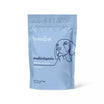








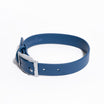

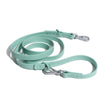

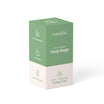
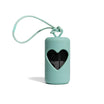

 Broad Spectrum CBD Oil for Dogs - Fast Acting
Broad Spectrum CBD Oil for Dogs - Fast Acting
 Chicken Flavored CBD Oil For Dogs - Easy Dose
Chicken Flavored CBD Oil For Dogs - Easy Dose
 Salmon Flavored CBD Oil For Dogs - Highly Rated
Salmon Flavored CBD Oil For Dogs - Highly Rated
 CBD Dog Treats for Anxiety - Loved by Thousands
CBD Dog Treats for Anxiety - Loved by Thousands



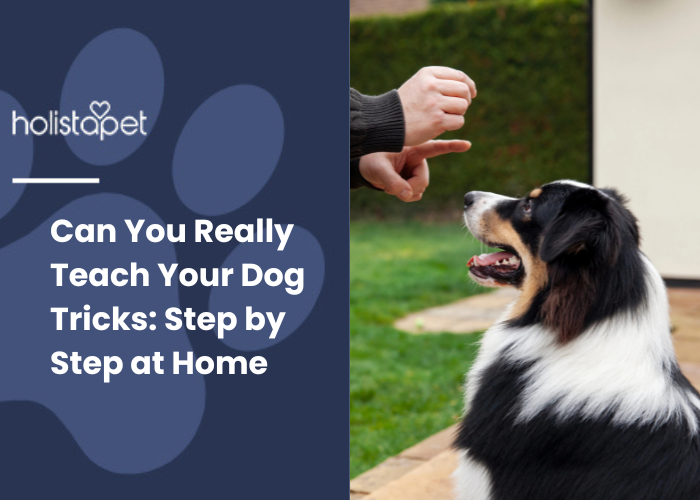

Leave a comment
This site is protected by hCaptcha and the hCaptcha Privacy Policy and Terms of Service apply.